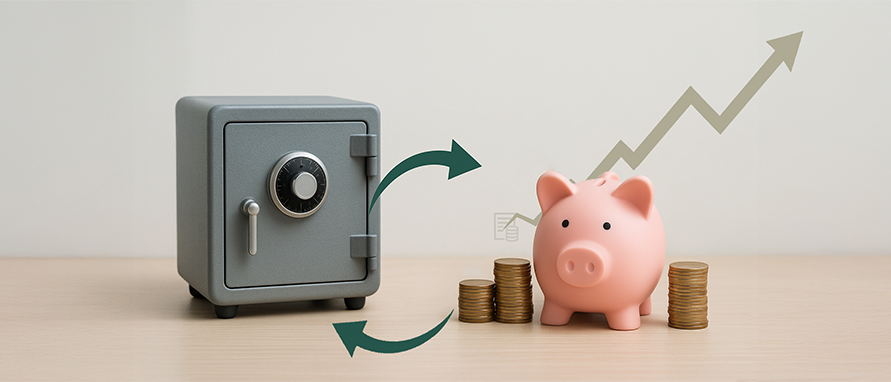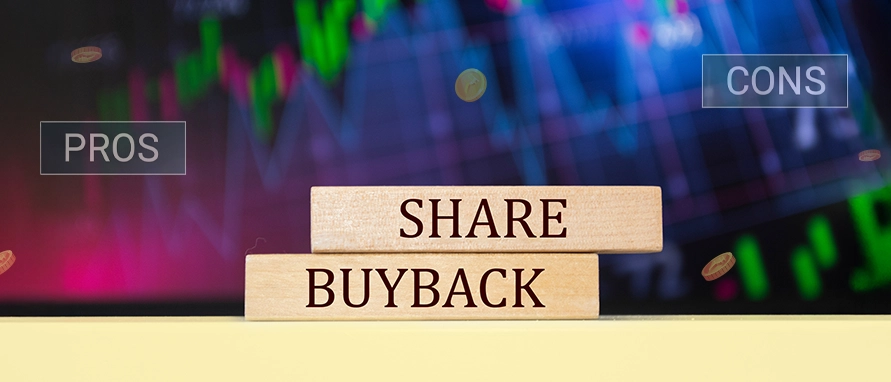-
Our ProductsLoansCardsInsuranceInvestmentsStock MarketElectronics MallCIBIL ScoreKnowledge CentreAcademyCalculators
- Our Services
- My Account
- Discover
Short Selling vs. Put Options: What’s the Difference
When investors expect a stock’s price to decline, two strategies often come to mind: short selling and buying put options. Both are bearish, but they differ significantly in mechanics, risks, and capital requirements.
What Is Short Selling
Short selling involves borrowing shares from a broker and selling them in the market, hoping to buy them back later at a lower price. If the stock drops, the investor profits from the price difference.
However, it carries unlimited loss potential, since a stock’s price can rise indefinitely. It also requires a margin account, and investors face margin calls if prices move unfavorably.
What Is a Put Option
A put option gives the holder the right to sell an underlying asset at a specific strike price before the option expires. The risk is limited to the premium paid, making it safer than short selling.
Put options are commonly used by investors for hedging or speculative purposes, especially during uncertain or bearish market phases.
Key Differences Between Short Selling and Put Options
Short selling and put options may seem similar at first glance, but the mechanics and risks are quite distinct:
| Feature | Short Selling | Put Option |
|---|---|---|
| Risk |
Unlimited |
Limited to premium paid |
| Capital Requirement |
High (margin needed) |
Lower (premium only) |
| Expiration |
No expiration |
Has expiry date |
| Profit Potential |
High, but risky |
Defined by strike and premium |
| Execution Complexity |
Requires share borrowing |
Can be executed via options account |
| Typical Users |
Advanced traders with margin access |
Retail investors, hedgers |
Pros and Cons of Each Strategy
Here’s how the benefits and limitations of short selling and put options compare:
| Strategy | Pros | Cons |
|---|---|---|
| Short Selling |
Potentially higher profit, no time decay |
Unlimited loss, requires margin, harder execution |
| Put Options |
Limited risk, no borrowing needed, lower capital |
Time decay, limited lifespan, premium cost |
When to Consider Short Selling vs. Put Options
Here’s a quick guide on when each approach is commonly used:
Short selling: Generally used by institutional traders with margin access in high-volume stocks, while put options are more commonly accessed by retail participants for limited-risk exposure.
Put Options: Often used by retail investors looking for limited risk exposure or a hedge against downside movement.
Examples to Illustrate the Difference
Consider the following example:
Stock Price: ₹100
Short Seller sells at ₹100 → stock falls to ₹80 → profit = ₹20 per share
Put Buyer buys ₹100 strike put for ₹5 → stock falls to ₹80 → profit = ₹15 (₹20 gain – ₹5 premium)
If stock rises to ₹120:
Short Seller loses ₹20
Put Buyer loses only ₹5 (premium)
Note: This is a simplified example for illustration only. Actual outcomes may differ due to transaction costs, liquidity, and market conditions.
Regulatory and Practical Considerations
Here’s how regulations and practice affect each approach:
Short Selling: Subject to margin requirements, borrow fees, and restrictions (especially during market volatility).
Put Options: Easier to access, especially via options-enabled retail accounts, but require understanding of option greeks, expiry effects, and pricing models.
Conclusion
Both short selling and put options are designed to profit from falling markets, but they cater to different risk profiles. Short selling and put options cater to different profiles, short selling typically involves advanced margin trading and higher risk, while put options provide defined risk and structured exposure. Each approach carries unique risks and considerations. The choice ultimately depends on capital availability, risk tolerance, and market timing.
Disclaimer
This content is for informational purposes only and the same should not be construed as investment advice. Bajaj Finserv Direct Limited shall not be liable or responsible for any investment decision that you may take based on this content.
FAQs on Short Selling vs. Put Options
Which strategy is riskier: short selling or buying puts?
Short selling is riskier because losses can be unlimited if the stock price keeps rising, while buying put options limits losses to the premium paid.
Do I need a margin account to short sell or buy puts?
Short selling typically requires a margin account due to share borrowing. Put options, on the other hand, are generally accessed through options-enabled accounts, subject to brokerage terms and regulations.
Which strategy is better for retail investors?
Put options are commonly used by retail investors because they carry limited risk compared to short selling, though both strategies involve significant considerations.
How do profits differ between the two strategies?
Short selling offers potentially higher profits if the stock price falls significantly, but also comes with unlimited downside risk. Put options provide limited profit potential, but the risk is capped at the premium paid.
Can both strategies be used for hedging?
Both short selling and buying puts can be used for hedging, but put options are more commonly used because they provide cost-effective downside protection without unlimited risk.
Are there hidden costs in short selling?
Yes, short selling involves hidden costs such as stock borrow fees, margin interest, and potential compliance restrictions, which can reduce overall profitability.
With a Postgraduate degree in Global Financial Markets from the Bombay Stock Exchange Institute, Nupur has over 8 years of experience in the financial markets, specializing in investments, stock market operations, and project management. She has contributed to process improvements, cross-functional initiatives & content development across investment products. She bridges investment strategy with execution, blending content insight, operational efficiency, and collaborative execution to deliver impactful outcomes.
Related Blogs

Nupur Wankhede

Anshika

Nupur Wankhede

Anshika

Geetanjali Lachke

Roshani Ballal

Roshani Ballal

Anshika

Anshika

Nupur Wankhede
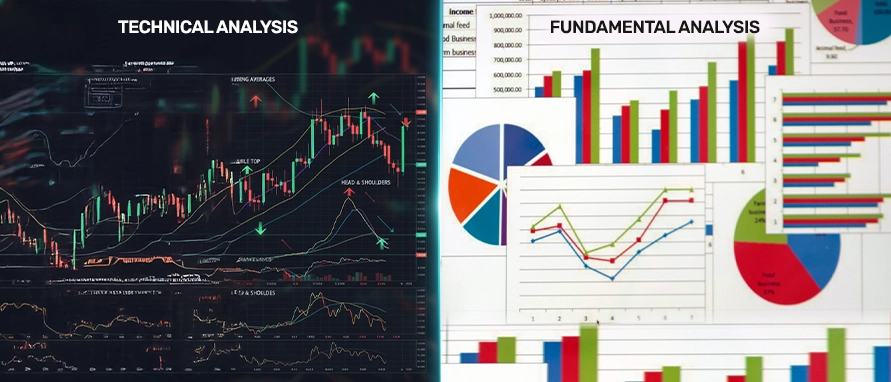
Anshika

Nupur Wankhede

Nupur Wankhede

Geetanjali Lachke

Roshani Ballal

Roshani Ballal

Geetanjali Lachke

Geetanjali Lachke

Nupur Wankhede

Anshika

Nupur Wankhede

Nupur Wankhede

Nupur Wankhede

Nupur Wankhede

Nupur Wankhede

Nupur Wankhede

Nupur Wankhede

Geetanjali Lachke

Geetanjali Lachke

Roshani Ballal

Nupur Wankhede

Anshika

Anshika

Nupur Wankhede

Nupur Wankhede

Nupur Wankhede

Nupur Wankhede

Nupur Wankhede

Nupur Wankhede

Nupur Wankhede

Nupur Wankhede
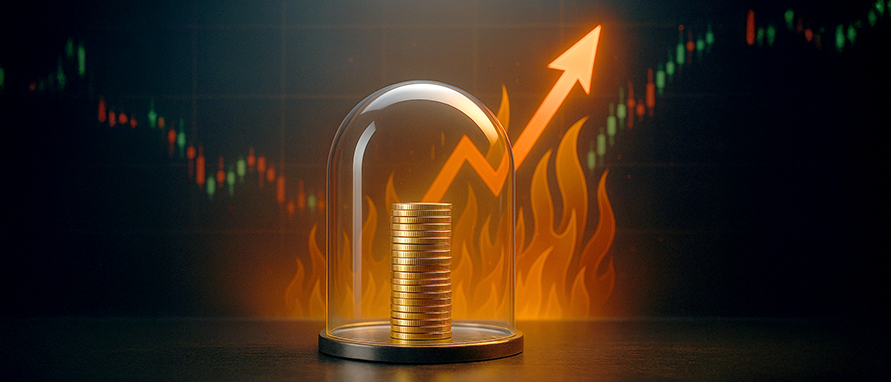
Nupur Wankhede

Nupur Wankhede

Nupur Wankhede

Nupur Wankhede

Roshani Ballal

Anshika

Nupur Wankhede

Geetanjali Lachke

Nupur Wankhede

Nupur Wankhede

Anshika

Anshika

Nupur Wankhede
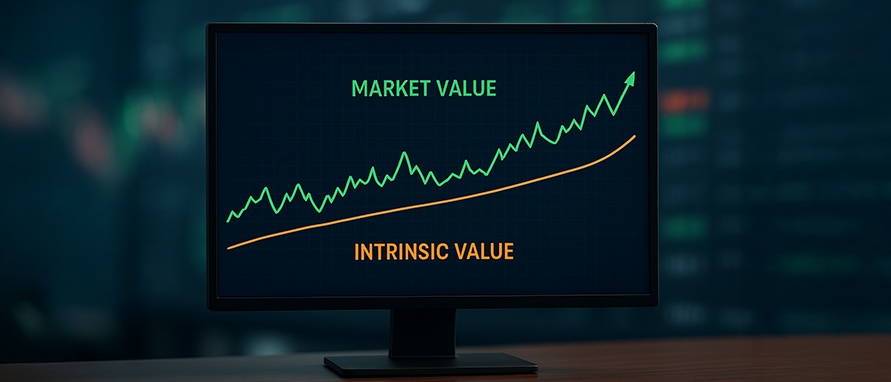
Anshika

Anshika

Nupur Wankhede
.webp)
Nupur Wankhede

Nupur Wankhede

Nupur Wankhede

Nupur Wankhede

Nupur Wankhede

Nupur Wankhede
.webp)
Nupur Wankhede

Nupur Wankhede

Nupur Wankhede

Nupur Wankhede
-in-India.webp)
Nupur Wankhede

Nupur Wankhede

Nupur Wankhede

Anshika

Nupur Wankhede
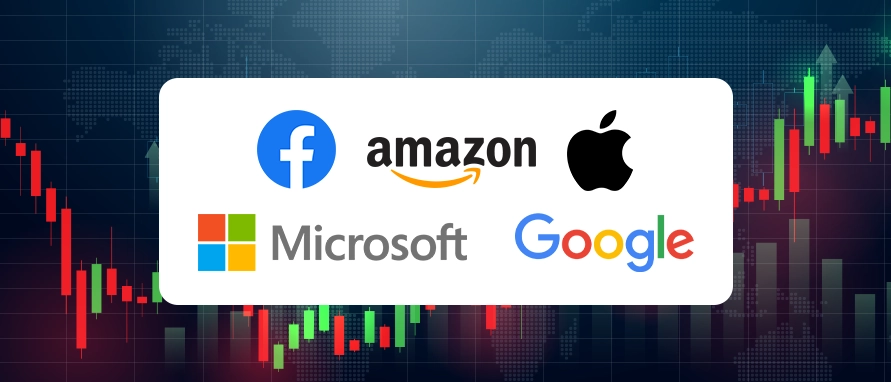
Nupur Wankhede

Anshika

Anshika

Nupur Wankhede
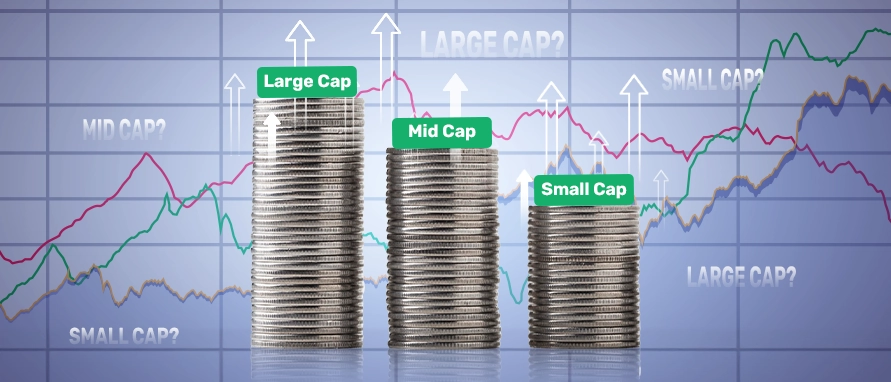
Nupur Wankhede

Nupur Wankhede

Nupur Wankhede

Nupur Wankhede

Nupur Wankhede

Nupur Wankhede

Nupur Wankhede

Anshika

Nupur Wankhede

Nupur Wankhede

Nupur Wankhede

Nupur Wankhede

Anshika

Nupur Wankhede

Nupur Wankhede
-Meaning-Importance.webp)
Nupur Wankhede

Anshika

Nupur Wankhede
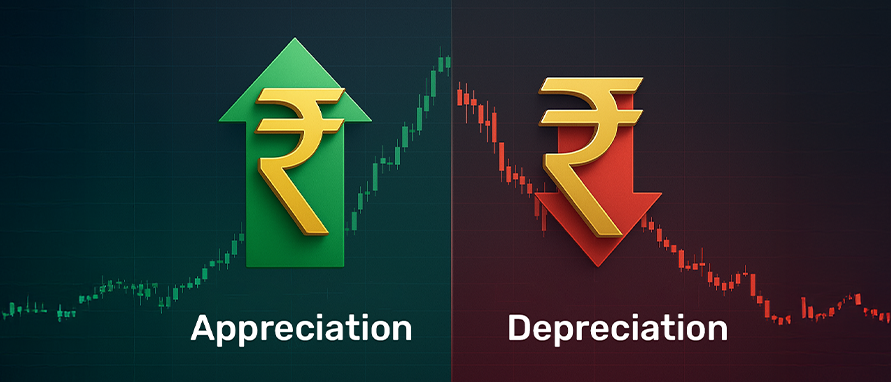
Anshika

Nupur Wankhede
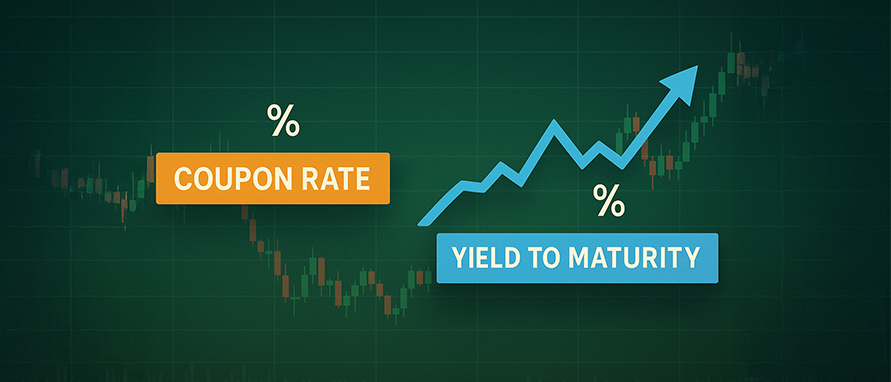
Nupur Wankhede
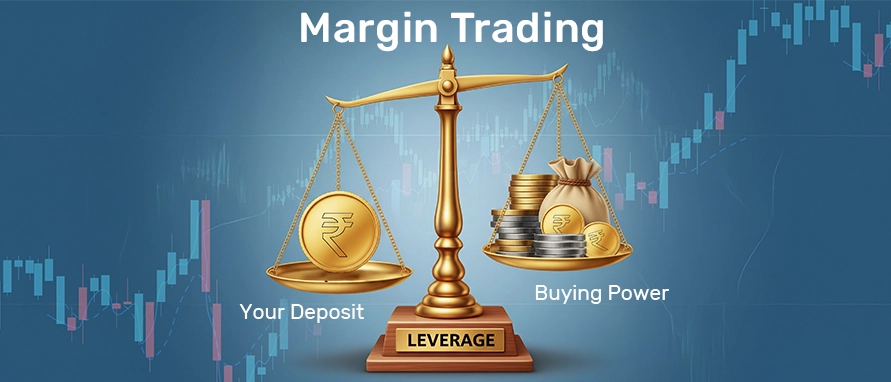
Nupur Wankhede

Geetanjali Lachke

Geetanjali Lachke

Geetanjali Lachke

Anshika

Anshika
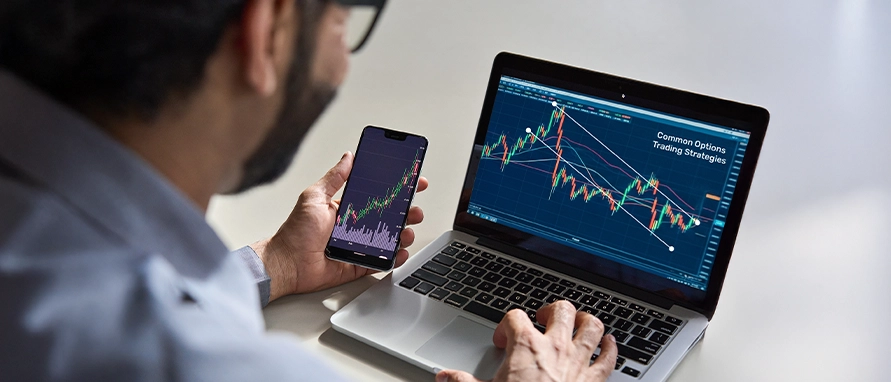
Nupur Wankhede

Nupur Wankhede
-portfolio.webp)
Nupur Wankhede

Anshika

Roshani Ballal

Geetanjali Lachke

Geetanjali Lachke

Geetanjali Lachke

Geetanjali Lachke

Geetanjali Lachke

Roshani Ballal

Roshani Ballal

Geetanjali Lachke

Geetanjali Lachke

Geetanjali Lachke

Roshani Ballal

Roshani Ballal

Geetanjali Lachke

Roshani Ballal

Roshani Ballal

Roshani Ballal

Roshani Ballal

Roshani Ballal

Roshani Ballal

Roshani Ballal

Roshani Ballal

Roshani Ballal

.webp)

.webp)
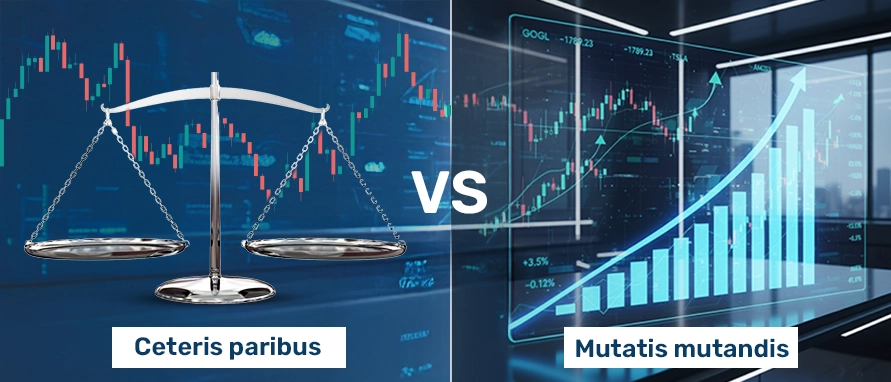

















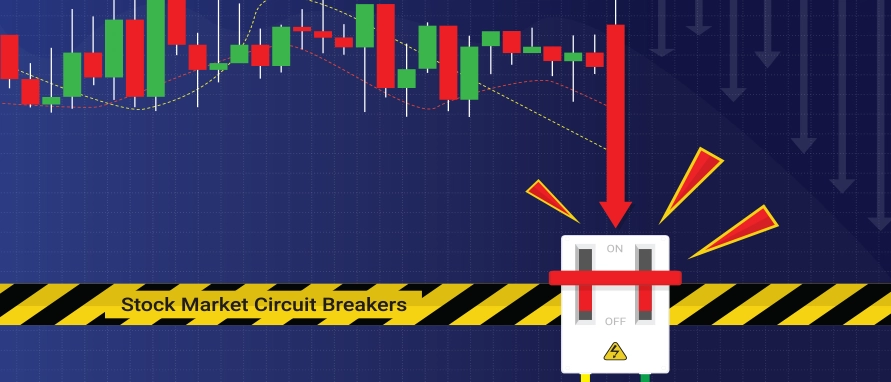


















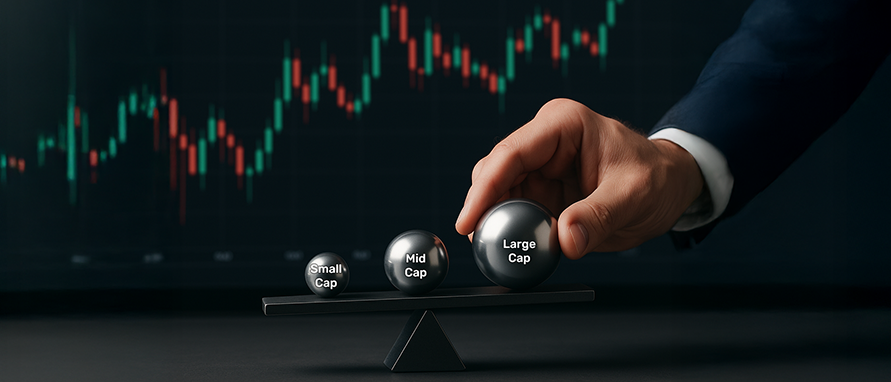









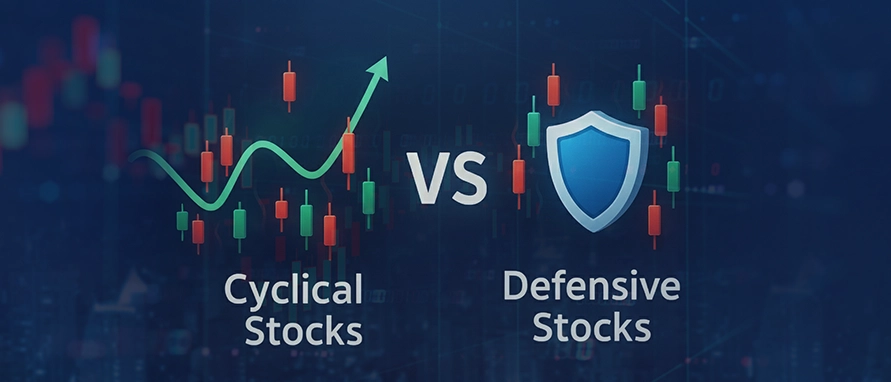




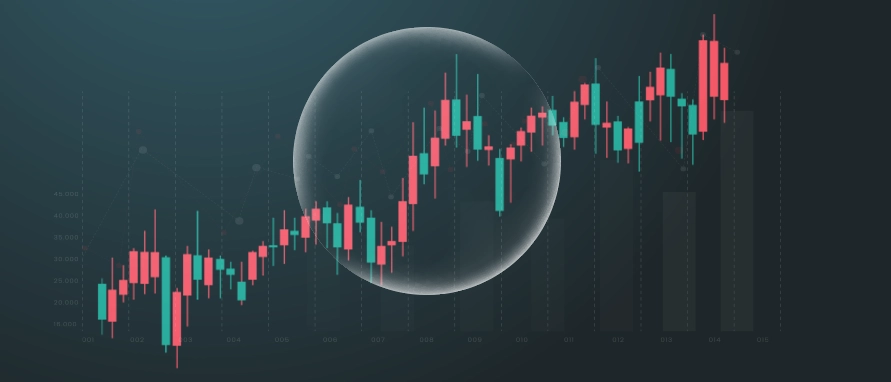

















.webp)



.webp)


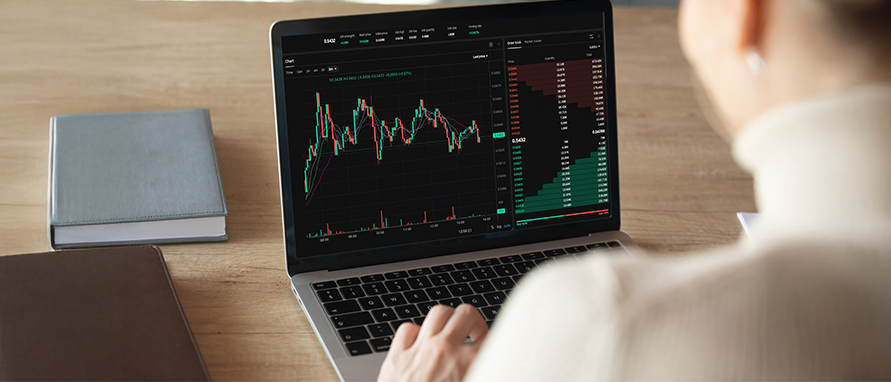


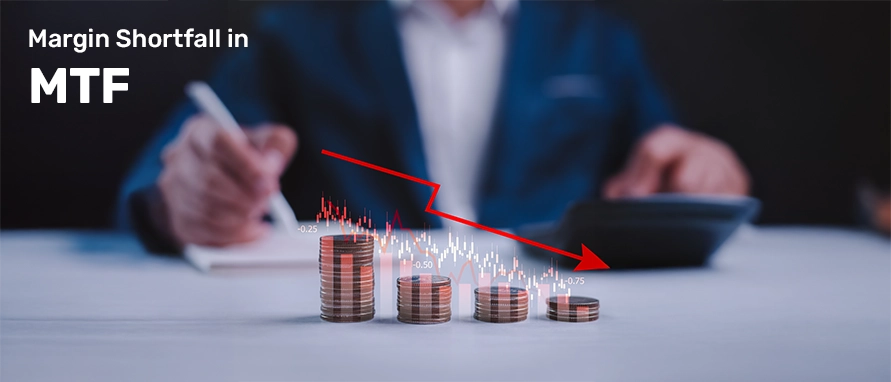






.webp)



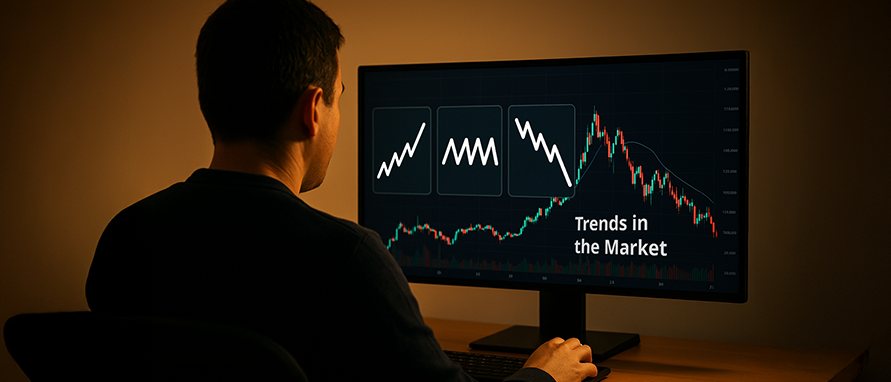
.webp)


